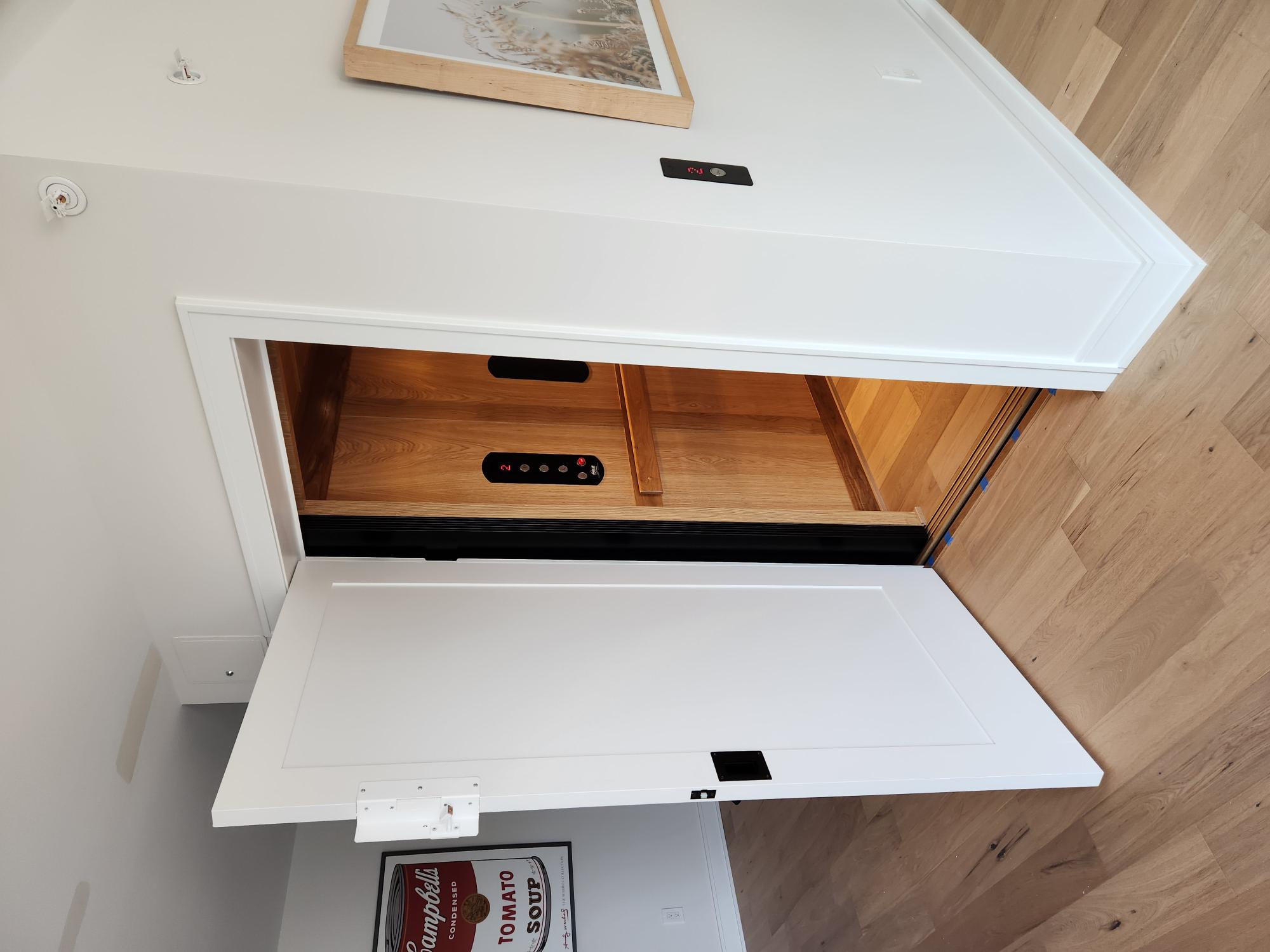Digging Into the Globe of Elevators: Common Problems Encountered by Different Lift Devices
As we navigate through the upright transportation systems of contemporary buildings, lifts stand apart as an indispensable element of our everyday lives. Nonetheless, behind their seamless procedure exists a globe of detailed mechanisms that can sometimes encounter challenges. From hydraulic elevators to grip systems and machine-room-less designs, each lift kind features its collection of typical problems. Understanding these difficulties is critical for ensuring the smooth functioning of these important systems. Let's explore the complexities that underlie the operation of lifts and the possible concerns that can occur, clarifying the detailed web of lift systems.
Hydraulic Lifts
Hydraulic elevators, commonly chosen for low-rise buildings, make use of fluid stress to regulate the movement of the lift car (lift repair companies). This mechanism includes a hydraulic pump pressing oil right into a cylinder, triggering the elevator to relocate in the preferred direction. While hydraulic elevators are understood for their peaceful and smooth procedure, they do include their own set of usual concerns
One widespread problem with hydraulic lifts is oil leak. The seals in the hydraulic system can wear out with time, leading to oil infiltration. If left unaddressed, this not only creates a mess yet can likewise influence the lift's performance. In addition, issues with the control system, such as faulty valves or a malfunctioning pump, can create interruptions in the lift's activity.
Normal maintenance and punctual fixings are necessary to make sure the smooth performance of hydraulic elevators. By dealing with these typical problems proactively, structure proprietors can decrease downtime and make sure the safety and effectiveness of their vertical transport system.
Traction Lifts
When thinking about vertical transport systems in structures, an additional common type in addition to hydraulic lifts is the traction lift. Traction elevators operate utilizing a system of ropes and weights that relocate the elevator cars and truck by clutching onto the hoist ropes. This system permits smoother and much faster vertical transportation contrasted to hydraulic systems.
Among the usual problems encountered by grip elevators is rope wear. The constant movement of the ropes within the grip system can cause damage with time, possibly creating the elevator to malfunction or become harmful for use. Regular assessments and maintenance of the ropes are important to make certain the elevator's correct functioning and security.
An additional concern that traction lifts might experience is associated to the control system. Issues with the control system can cause concerns such as erratic movement, hold-ups in feedback times, or even full closures. Routine testing and upkeep of the control system are crucial to avoid such concerns and guarantee the lift's reliability.
Machine-Room-Less (MRL) Elevators

Among the vital parts of MRL elevators is the compact gearless traction device that is set up within the hoistway. This machine efficiently drives the lift auto without the requirement for cumbersome equipment discovered in conventional traction elevators. Additionally, MRL elevators commonly utilize a weight system to stabilize the automobile, further improving their power performance.
Despite their benefits, MRL lifts may encounter difficulties connected to maintenance and fixing lift companies in London due to the restricted space for devices setup. Availability for servicing parts within the shaft can be restricted, needing specialized training for service technicians. Correct upkeep schedules and regular examinations are important to make certain the ongoing smooth operation of MRL elevators.
Overloading and Weight Restriction Issues
Straining and weight limit concerns are crucial concerns in lift operations. Lift makers design raises with details weight capabilities to make certain guest security and equipment long life.
When lifts are strained, it puts extreme pressure on the motor, cables, and various other elements, possibly triggering breakdowns or failures. Safety mechanisms such as sensors and overload sensing units are in place to stop elevators from moving if they discover excess weight. In addition, surpassing weight limitations can bring about boosted power intake and wear and tear on the elevator system.
To alleviate overloading problems, building managers ought to prominently display weight restrictions in lifts and inform occupants on the significance of adhering to these limitations - lift repair companies. Regular upkeep checks by certified specialists can additionally assist make sure that elevators are running within safe weight specifications. By attending to overloading and weight restriction concerns proactively, structure proprietors can improve elevator safety and security and performance
Electric System Failings
Surpassing weight restrictions in lifts can not just result in mechanical concerns but additionally possibly add to electrical system failings within the lift framework. Electrical system failings are a crucial problem in lift operation, as they can trigger unforeseen closures, breakdowns, or also security dangers. One common electric issue is the overheating of parts due to excessive present circulation brought on by overloading the lift beyond its capability. This can cause harm to the motor, electrical wiring, or control systems, resulting in expensive repair services and downtime.
Routine upkeep lift repair near me and evaluations are crucial to identify and resolve prospective electric concerns without delay, making certain the secure and effective procedure of lift systems. By sticking to weight restrictions and carrying out regular electric system checks, structure owners can reduce the risk of electric failures in lifts.
Verdict

Hydraulic lifts, usually liked for low-rise structures, use fluid pressure to regulate the activity of the elevator auto.When taking into consideration upright transportation systems in structures, one more usual kind apart from hydraulic elevators is the traction lift. Traction elevators run using a system of ropes and weights that relocate the lift vehicle by gripping onto the hoist ropes. Unlike conventional elevators that call for a different device space to house the devices, MRL lifts incorporate many of the components within the lift repair near me shaft, removing the need for a specialized machine area.In final thought, lifts encounter usual problems such as hydraulic breakdowns, grip system failings, and electrical system problems.
Comments on “London Lift Company: Giving Comprehensive Lift Solutions Across the Funding”